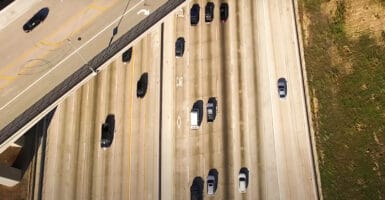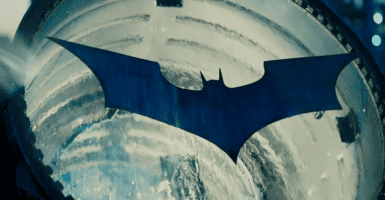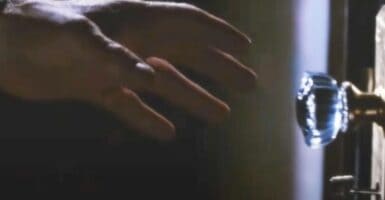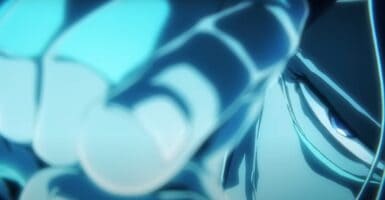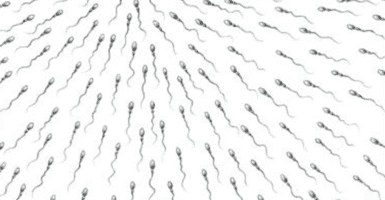Alien Spheres Discovered At Bottom Of The Ocean
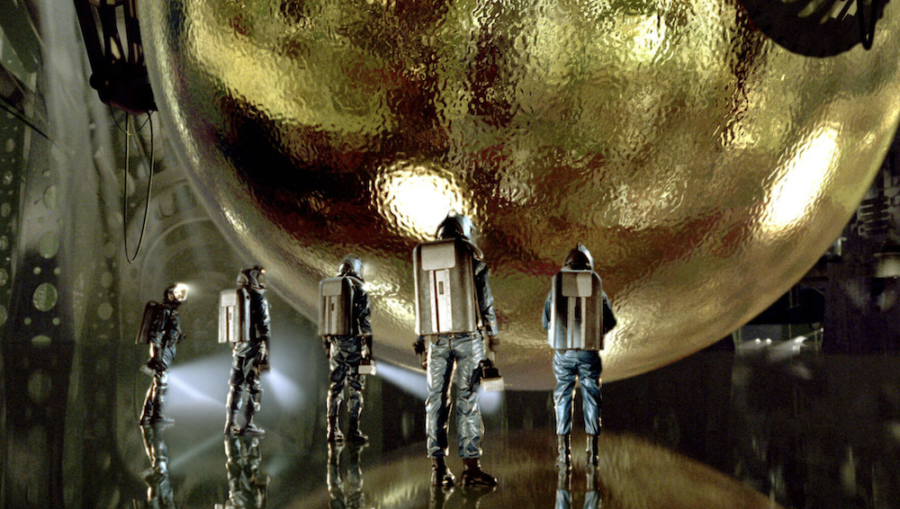
USA Today reports that astrophysicist Avi Loeb discovered what he believes to be a large amount of small alien spheres off the coast of Papua New Guinea. The spheres are the result of the IM1 meteorite crashing into Earth’s atmosphere in 2014, but were only recently gathered after Loeb and his team searched over 100 miles of ocean floor in their quest to find them.
Though the spheres are incredibly small (read: microscopic), Loeb has reason to believe that they are not from our solar system, and suggests that they boast a unique chemical composition that may be extraterrestrial in nature.
Astrophysicist Avi Loeb says recently discovered alien spheres are not from our solar system
Loeb is the co-founder of the Galileo Project at the Harvard-Smithsonian Center for Astrophysics, and dedicates his time to searching for alien technology in our solar system.
The alien spheres in question contain high levels of Beryllium, Lanthanum, and Uranium (BeLaU) which is not typically the type of composition a typical meteorite would have in our solar system.
When the U.S. Space Command asserted that the object came from another solar system in a 2022 letter to NASA, that was all Loeb needed to hear to embark on his quest to track down the alien spheres so he and his team could analyze them.
But just because the alien spheres are made up of an until now unheard of compound, it doesn’t necessarily mean that they’re of an extraterrestrial design. The current data has scientists stumped over its composition, but there are other factors to consider. One prevailing theory is that the material was degraded through the process of evaporation when the meteorite entered Earth’s atmosphere.
Loeb is the co-founder of the Galileo Project at the Harvard-Smithsonian Center for Astrophysics
In other words, the chemical composition of the alien spheres could very well be a naturally occurring byproduct of atmospheric damage. At the time of this writing, it remains to be seen if either theory holds any weight.
Presently, researchers Harvard University, University of California, Berkeley, The Bruker Corporation, and the University of Technology in Papua New Guinea are analyzing the alien spheres to get to the bottom of their mysterious chemical composition, as well as their origin.
Loeb may be getting ahead of himself with his assertion that he’s studying alien spheres, and this is in line with his thinking when he made similar claims about the Oumuamua comet that flew through our solar system in 2017.
The comet’s unique shape, as well as its speed gave Loeb reason to believe that we were dealing with an alien spaceship. But a later study suggested that the comet’s strange orbit and trajectory had a more practical physical explanation in the form of outgassing hydrogen as the comet was warmed up by the sun’s heat.
Though Loeb’s research is not without merit, and his findings are an important step in further understanding our solar system, it’s simply too soon to tell if we’re dealing with alien spheres, or some sort of naturally occurring phenomenon.
As much as we’d love to find intelligent life in our solar system and beyond, a more likely scenario is that there is a rational explanation behind these mysterious alien spheres. But still, we want to believe.



